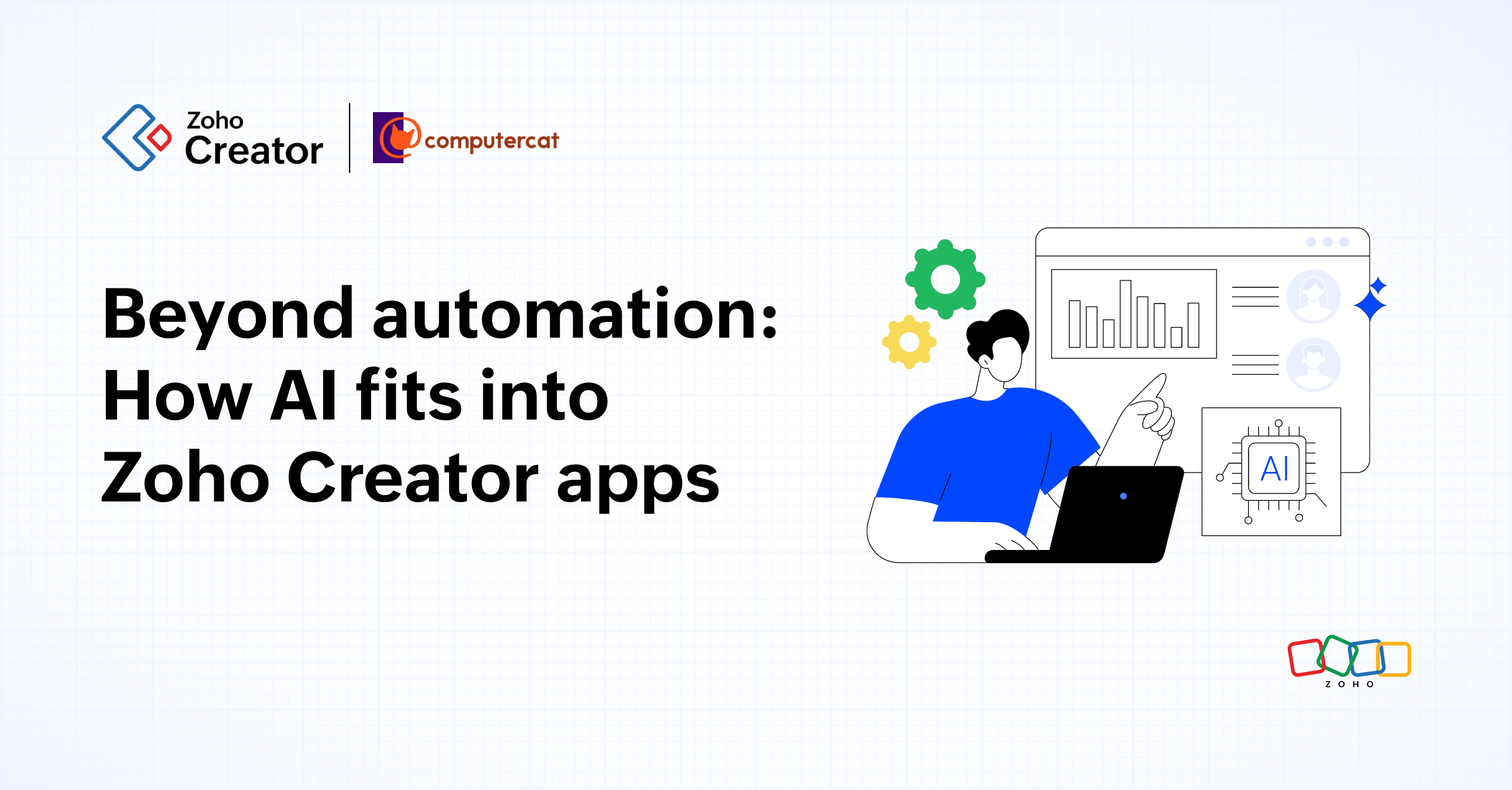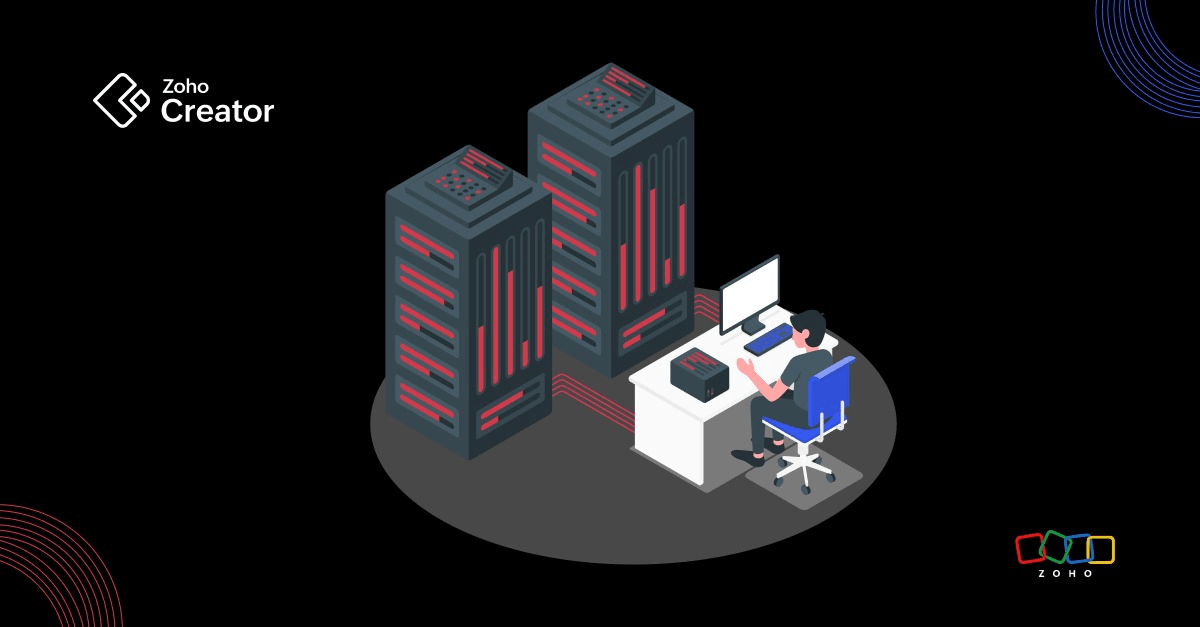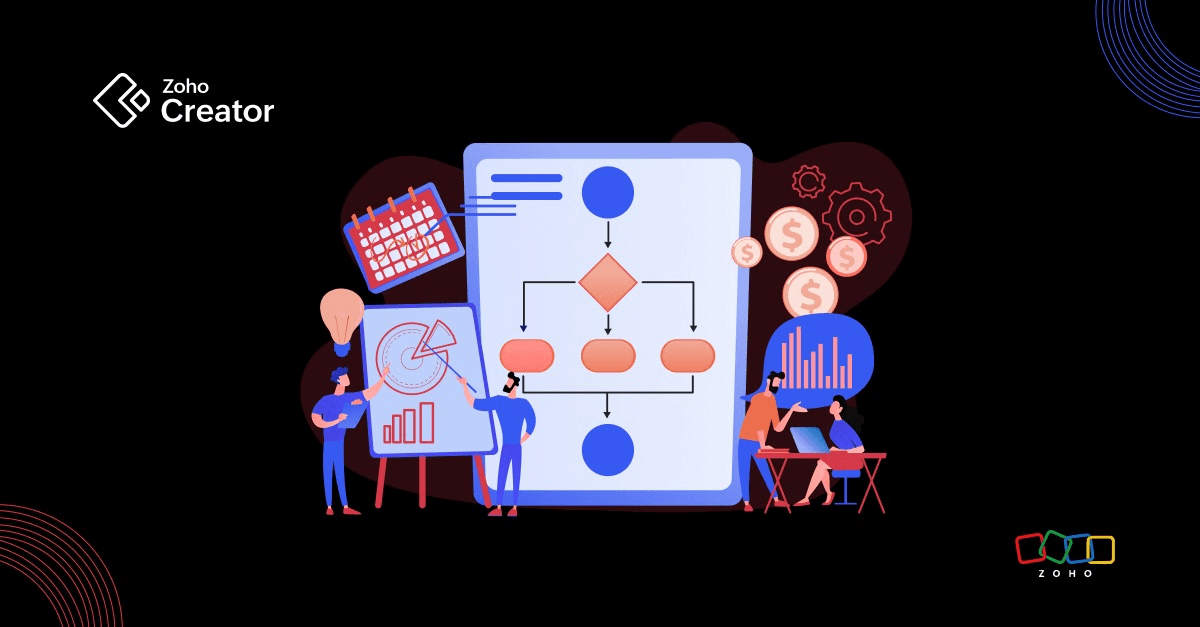- HOME
- Know Your Tech
- DevOps: Dynamic, efficient development for legacy modernization
DevOps: Dynamic, efficient development for legacy modernization
- Last Updated : April 20, 2023
- 741 Views
- 6 Min Read
Legacy modernization refers to the transformation of outdated methods of IT infrastructure, administration, assistance, and delivery. It deals with reconstructing, re-engineering, and enabling businesses to operate with better strategies and data-driven approaches. In the digital era, legacy applications must evolve rapidly to ensure stable outcomes, with fewer expenses and impediments.
Hurdles faced by legacy applications
Legacy applications, aside from being obsolete, are also the biggest impediment to a company's productivity. Popular integration company Cleo's 2020 Ecosystem and Application Integration report found that around 63% of organizations' integration challenges stem from legacy applications. Businesses need to implement an end-to-end strategy to attain successful IT modernization, and this strategy will need to address the many risks that legacy software poses:
Safety
Traditional systems lack safety checks due to old tools, unsupported file types, and outdated scripting languages. This often results in increased vulnerabilities to both the application and the business.
Greater dependency
In legacy apps, dependence on the IT team is higher, as it operates in conventional silos to produce and modify applications. This lack of collaboration and cohesiveness prolongs the market time of the application, and increases its cost.
Domino effect
One of the most prominent concerns with legacy software is that if a single feature or module malfunctions the whole system collapses like a line of dominoes.
Inflexibility
Modifying or updating even minor modules can induce a whole system crash, and changes often take weeks, or even months, to implement. These obstacles are challenging to overcome because of legacy software's often substantial codebase and unintuitive or proprietary structure.
How can DevOps help?
With these drawbacks in traditional legacy applications, IT modernization is basically a necessity. There are many benefits to modernization, including but not limited to:
Reduced costs, in terms of both money and time
Enhanced user experience
Improved market time of an application
Obtain a competitive edge with agile, innovative, and responsive resolutions
Accomplish business goals with agility
Propel actionable acumen by fusing data-driven flow across the company
Develop fruitful teams that partake in a collective goal and support teamwork
Gain advantages of compliance and scalability to react quickly to the requirements
DevOps and IT modernization go hand-in-hand. Adoption statistics from Statista have shown that DevOps has grown popular; around 50% of developers have implemented the methodology. Around 30% of companies have almost fully embraced it, while 20% hold a few teams that are completely engrossed in it. The reasons for this are simple.
DevOps is not merely a method; it is a practice. It is an agile way of software development where constant advancement and constant delivery are obligatory practices instead of employing conventional SDLC (systems development life cycle ) methods. Moreover, modernization and DevOps are mutually beneficial, which we can understand by weighing the three important aspects of a business: people, process, and tools.
People
It is people who design, plan, and execute policies to assist businesses in fulfilling explicit goals. In legacy systems, conventional workflow and antiquated abilities are limitations to growth. Individuals who lack a strategy and clear approach in decision-making are a significant impediment to the development.
In terms of modernization, DevOps unites people, bringing forth the necessity of teamwork. It needs everyone's participation. A variation of the method in a system necessitates complacency to adapt to cultural shifts. DevOps assist businesses to set a people-first culture and reduce the gap amid Development and Operation teams.
Process
Modernization of operations needs shifting from conventional and standard methods to more intelligent and automatic methods. It generates heaps of code rework and might end in a prolonged rejoinder, timeline, and difficult workflow. Even a little augmentation depends on a prompt resolution. More agile determinations are necessary to bypass lingered market time.
DevOps further commands Continuous integration or Continuous development (CI/CD) methods in organizations that practice DevOps policies. Concentrating further on industrialization and repetition, it supports streamlining code delivery and pipeline.
Tools
A multitude of legacy systems required cooperation among teams. Hand-operated deployment, experimentation, and configuration administration took minutes, days, and even months. There was no mechanization and a decentralized-surroundings-enhanced dependence on each other to get the task done.
DevOps makes stuff simpler for the advancement and development environment by offering a centralized yet unconventional and improved series of tools. These instruments empower developers to create, examine, and regularly dispose of with the aid of mechanization and integration.
Tools hold an influential position in the modernization drive. The fundamental technology pile must be well-built, , reliable, and resilient. Modernization is not only confined to the transcendent UI/UX of an application; it's an indispensable element of digital transformation.
Essential methods of modernization with DevOps
Transform uniform assistance into more diminutive and independently-deployable microservices
Pick a more dependable cloud technology for stable execution and attainability.
Execute automation methods like constant synthesis, experimentation, and categorization
Utilize notions like container orchestration to imbrute deployment, administration, arrangement, and estimating
Facilitate constant development – speedy feedback, consistent surveillance, and interpretation.
Promote small-scale, constant, and quick transitions, facilitating more agile answer time and content patrons.
Benefits of Agile DevOps
DevOps holds influential connections with Lean and Agile methods. Agile software development stipulates close-knit collaboration of patrons, product administration, formulators, and sometimes Quality assurance to permeate the rifts and quickly emphasize towards a more solid product. It's a delusion that DevOps originates from the development side of the business to clear out operations. However, its predecessors lie in agile operations. Here are some amazing benefits of Agile DevOps.
Agility: These DevOps run at high speed so you can develop products for patrons faster, adjust to growing businesses adequately, and become more effective at stimulating business outcomes. The DevOps design empowers your operations teams and developers to accomplish these outcomes.
Speedy Delivery: It boosts the pace and frequency of emancipation so you can invent and enhance your product quickly. The faster you can publish novel characteristics and mend defects, the quicker you can reply to your patron's requirements and develop a competing benefit. Constant synthesis and continuous delivery are methods that automate the software release process, from model to disposition.
Authenticity: It helps in securing the standard of application updates and support modifications so you can dependably produce at a faster speed while sustaining a resolute knowledge for end-users. It employs methods like CI and CD to examine that every modification is practical and reliable. Tracking and logging methods assist you to stay acquainted with execution in real-time.
Wide Range: DevOps can operate and administer your infrastructure and development methods at a wide range. Mechanization and persistence assist you in handling complicated or swapping operations effectively and with subdued risk.
Augmented Collaboration: It helps to create more efficient squads under a DevOps social model that stresses advantages like control and answerability. Development and operations teams collude jointly, partake in numerous charges, and consolidate their workflows. This diminishes incompetence and saves time.
Protection: DevOps can move quickly while holding command and conserving acceptance. You can choose a model without relinquishing protection by using automatic docility methods, fine-grained commands, and configuration administration procedures. For instance, utilizing infrastructure as policy and code, you can determine and later trace docility at a wider range.
The global pandemic has revolutionized the way we work. Organizations are trying to operate in more virtual ways and adopt an agile approach in collaboration among organizations. DevOps is similar to a cognitive movement that must be executed in each company for an efficient, dynamic, and quick rejoinder, which is very significant in IT advancement.
How low-code makes DevOps possible?
Low-code application development works on the concept of a lightweight UI being used to create a functional app through drag-and-drop features, widgets, and templates. In other words, by using prebuilt components, it distills complex technology down into a simpler form.
A shortage of professional developers and increasing demand for enterprise apps means that low-code can extend the development space to non-technical professionals. Digital transformation efforts receive a boost as business users can build their own apps or processes without having to get lost in a jungle of complicated code.
The low-code environment speeds up the development and deployment process, where just a few clicks are needed to deploy an app. This means time-to-market is faster and applications that traditionally take weeks or months to go live can now be rolled out in a matter of days or even hours.
Low-code platforms integrate with tool chains that automate the deployment of an application across business environments. This is done through APIs, and SOAP and REST web services. This results in a lower cost of ownership and allows consistency, as the low-code platform integrates with the existing systems in an organization and minimizes the risk of disruptions.
 Tejas Gadhia
Tejas GadhiaTejas is an evangelist at Zoho with his focus set at enabling developers build powerful solutions using Zoho's tech stack.



